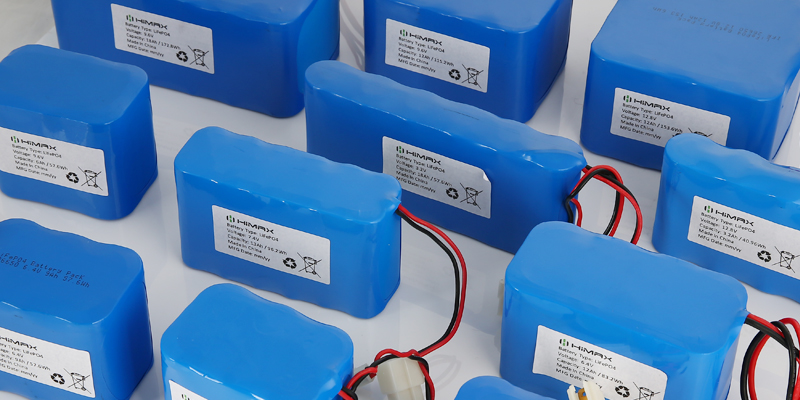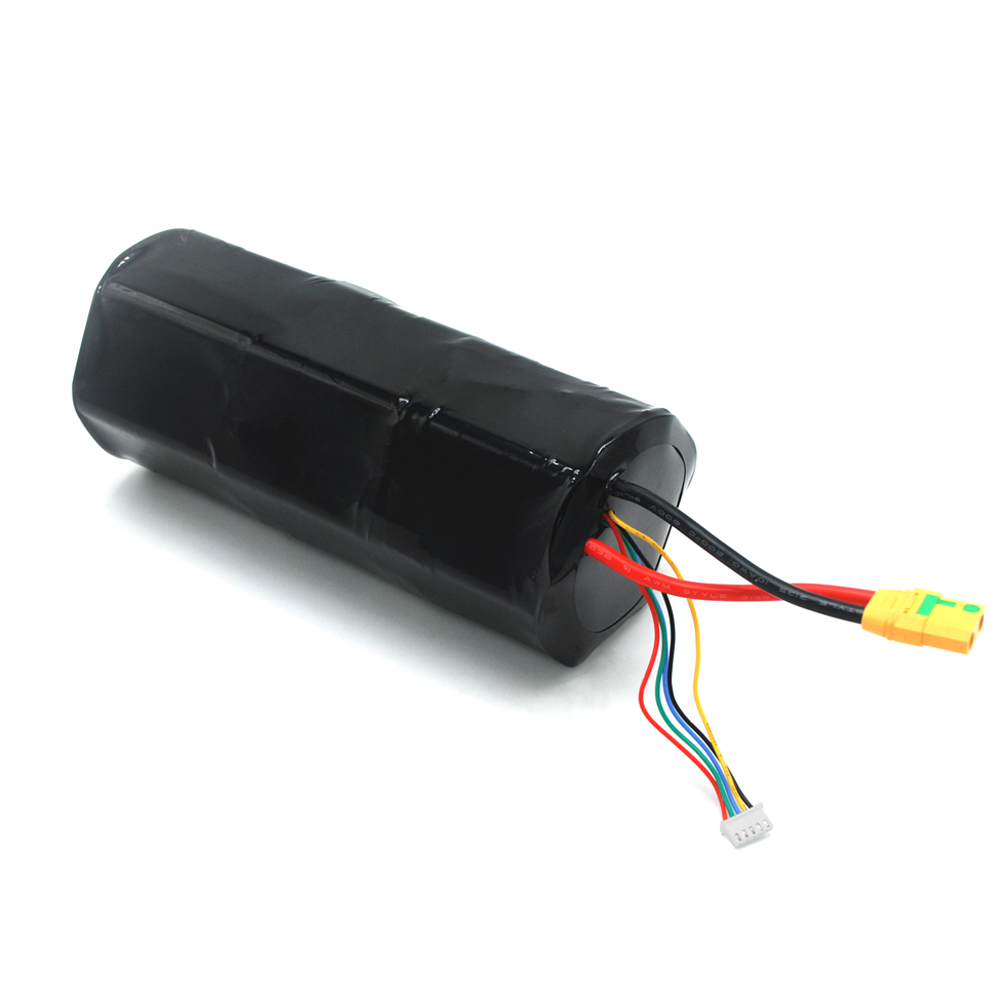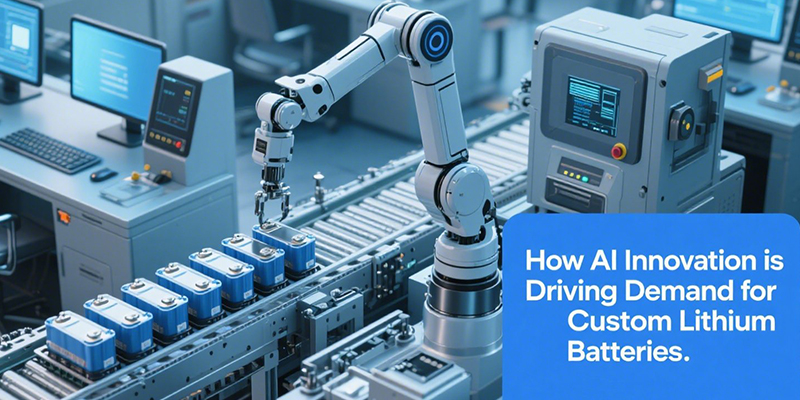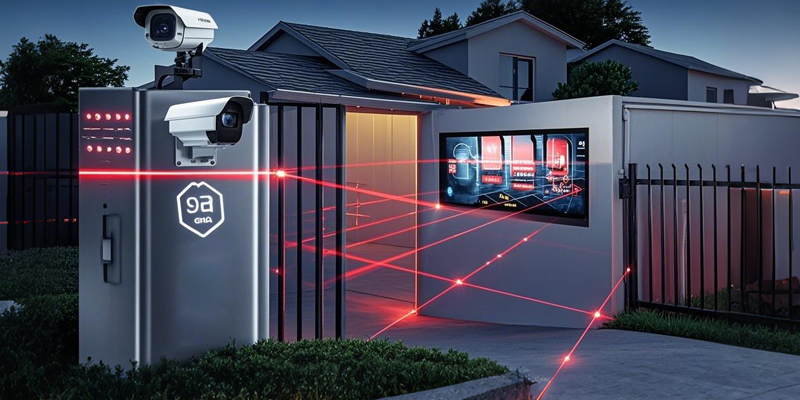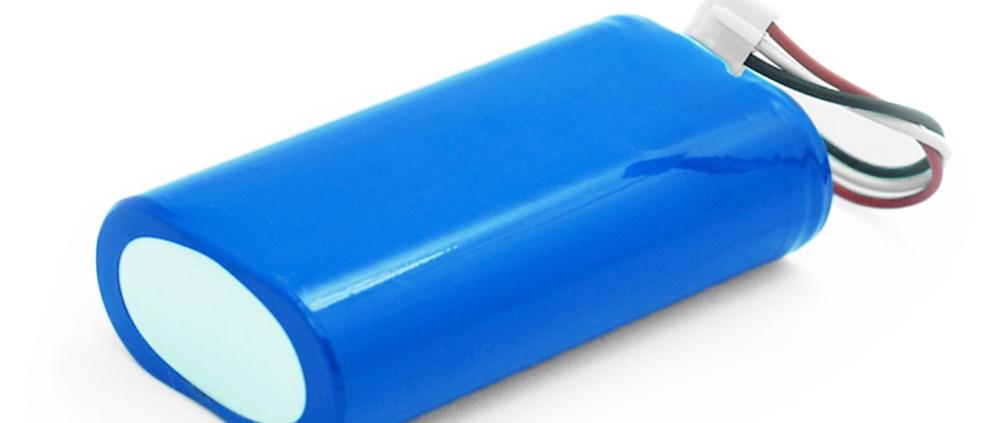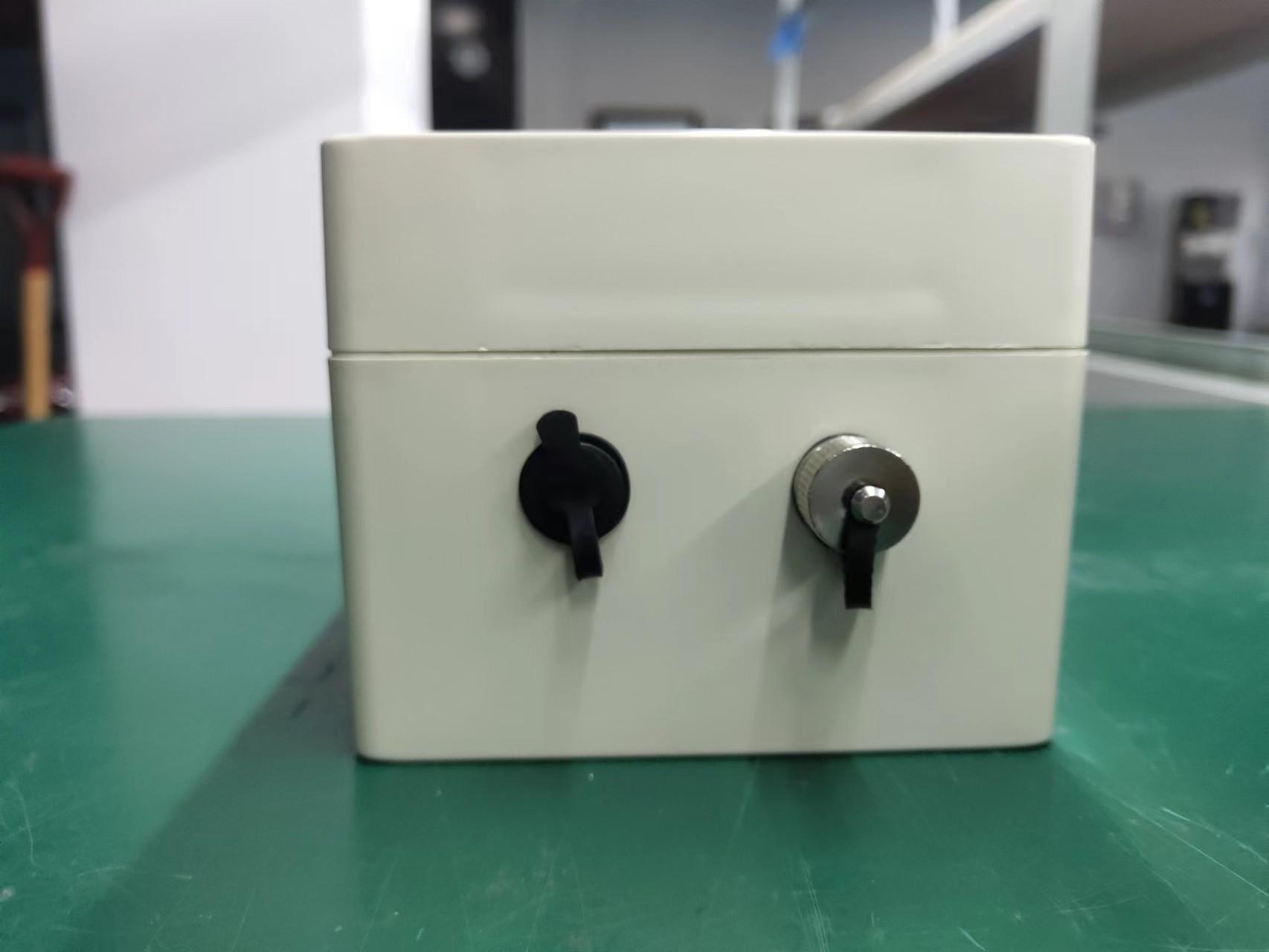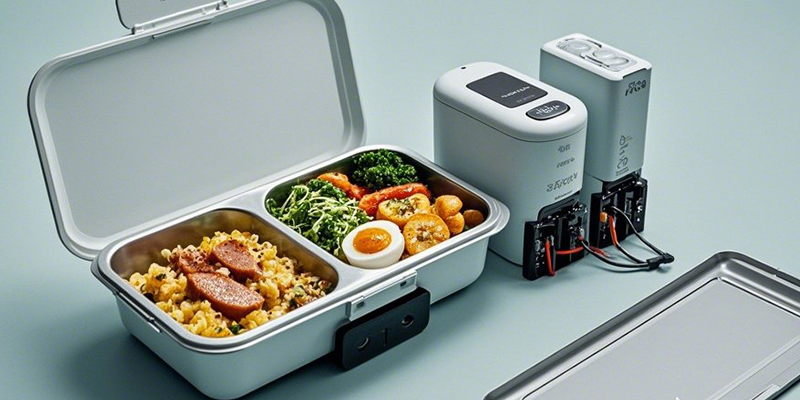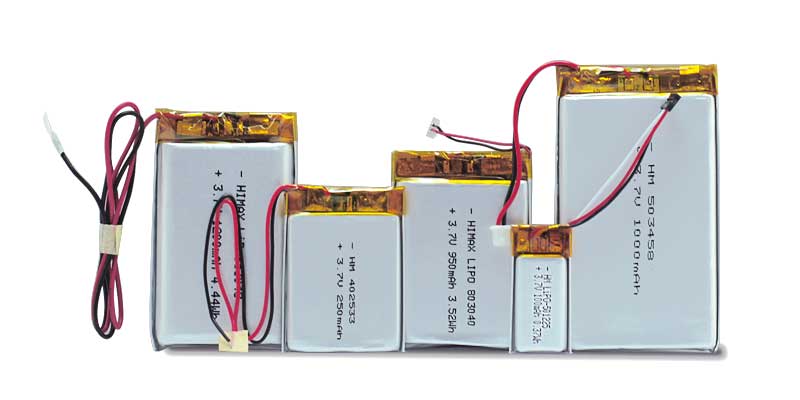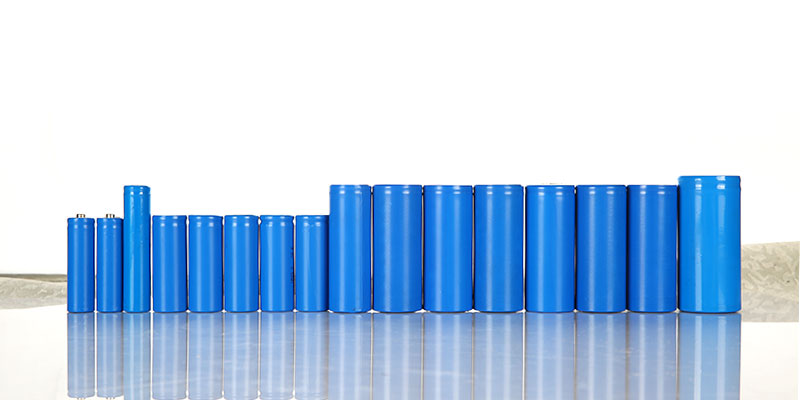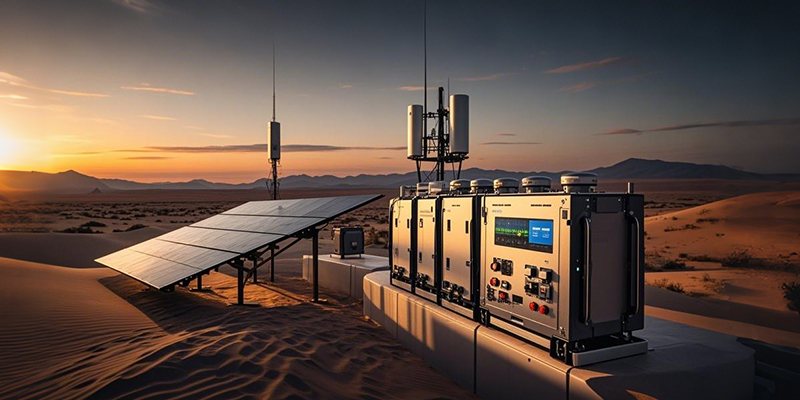Understanding Lithium-Ion Batteries for Robotics: Voltage, Capacity, and Performance
Lithium-ion batteries are a preferred power source for robotics applications due to their energy density, lightweight nature, and long cycle life. For robotic systems, where efficiency, reliability, and power-to-weight ratio are crucial, the choice of battery is essential. In this article, we focus on a specific type of lithium-ion battery commonly used in robotics: the 14.8V (4S) 20Ah lithium-ion battery with a 5C discharge rate using 18650 cells, and a BMS (Battery Management System).
1. Voltage and Configuration: 14.8V (4S) Lithium-Ion Batteries
In lithium-ion battery terminology, the “14.8V” refers to the nominal voltage of the battery pack. This voltage is a common choice in many robotic systems, especially for medium to high-power robots. The “4S” configuration refers to the fact that the pack is made up of four cells connected in series, each with a nominal voltage of around 3.7V.
- Nominal Voltage per Cell: 3.7V
- Total Nominal Voltage (4S Configuration): 14.8V (3.7V x 4)
- Fully Charged Voltage: 4.2V per cell, resulting in a total of 16.8V when fully charged.
This voltage range is ideal for driving motors, sensors, and other electronics within robotics, providing enough power while keeping the system lightweight and compact.
2. Capacity: 20Ah Lithium-Ion Batteries
Capacity, measured in ampere-hours (Ah), refers to how much charge the battery can store and thus how long it can power a robot before needing to be recharged. A 20Ah capacity means that, under ideal conditions, the battery can deliver 1 amp for 20 hours or 2 amps for 10 hours, and so on.
In robotics, the capacity of the battery directly influences the operational time and endurance of the robot. A 20Ah battery is considered a high-capacity option, suitable for robots that require longer operational durations, such as autonomous robots, drones, or robotic vehicles. Higher capacity ensures that the robot can run for longer periods without the need for frequent recharging.
Energy Calculation:
- The total energy stored in a 14.8V 20Ah battery is:
- Energy (Wh) = Voltage (V) x Capacity (Ah)
- Energy = 14.8V x 20Ah = 296Wh
This 296Wh capacity can provide substantial operational power for various robotic systems, whether they’re for industrial, research, or personal use.
3. Discharge Rate: 5C
The C-rate refers to the rate at which a battery can discharge its energy relative to its capacity. A 5C discharge rate means the battery can safely discharge at five times its nominal capacity. For a 20Ah battery, this translates to a maximum safe continuous discharge of 100A (5 x 20A).
Why the Discharge Rate Matters:
Robotics applications often require quick bursts of power, especially in high-torque motors or actuators. A 5C discharge rate allows for high-power demands without compromising battery safety or longevity. It is particularly useful in robots with motors that require significant instantaneous power, like in wheeled robots, drones, and robotic arms.
Continuous vs. Peak Discharge:
The continuous discharge rate (5C in this case) ensures that the robot can perform demanding tasks for an extended period. However, the peak discharge rate could be higher for short bursts, enabling the robot to handle sudden loads.
4. Battery Management System (BMS): 4S 100A Smart BMS
A Battery Management System (BMS) is critical for maintaining the health, safety, and performance of lithium-ion batteries. For the 14.8V 20Ah battery, the 4S 100A Smart BMS is an excellent choice, designed specifically for 4S lithium-ion batteries. This BMS offers several key features:
Overcharge and Overdischarge Protection: Ensures the battery doesn’t exceed safe voltage limits, which could damage the cells or pose safety risks.
Cell Balancing: Keeps the cells within the pack at the same voltage level, which is crucial for preventing individual cell failures and maximizing the life of the battery.
Current Protection: The 100A continuous discharge rate of the BMS ensures the battery can safely handle high power demands while providing protection against excessive current draw.
Temperature Monitoring: Protects the battery from overheating, ensuring optimal performance and safety.
Communication: Many BMS systems come with communication capabilities, allowing real-time monitoring of battery health, voltage, current, and temperature through external devices (e.g., microcontrollers or smartphones).
This intelligent management allows robotics engineers to monitor and control the battery more effectively, optimizing both performance and longevity.
5. Applications in Robotics
Lithium-ion batteries with the above specifications are versatile and are used in a wide range of robotic applications:
Autonomous Mobile Robots (AMRs): These robots rely on high-capacity batteries to navigate and operate over long periods without the need for frequent recharging.
Industrial Robots: Robots used in warehouses, factories, or assembly lines often require high-energy batteries to perform tasks such as lifting, moving objects, or operating tools.
Drones: Drones, particularly larger ones, benefit from lithium-ion batteries with high discharge rates to ensure sufficient power for flight and operation of onboard electronics.
Robotic Arms: High-performance robotic arms, especially those used in precision tasks, need a consistent and reliable power source, making lithium-ion batteries an ideal choice.
Conclusion
Lithium-ion batteries, specifically the 14.8V (4S) 20Ah configuration with a 5C discharge rate, are a powerful, efficient, and reliable energy source for robotics applications. With a high capacity for long operational times, the ability to handle high discharge rates, and intelligent management systems like the 4S 100A Smart BMS, these batteries are well-suited to power a wide variety of robots, from industrial machines to autonomous vehicles and drones. When selecting a battery for a robotics application, it’s essential to choose one that balances power, endurance, and safety to ensure the optimal performance of the robot.

